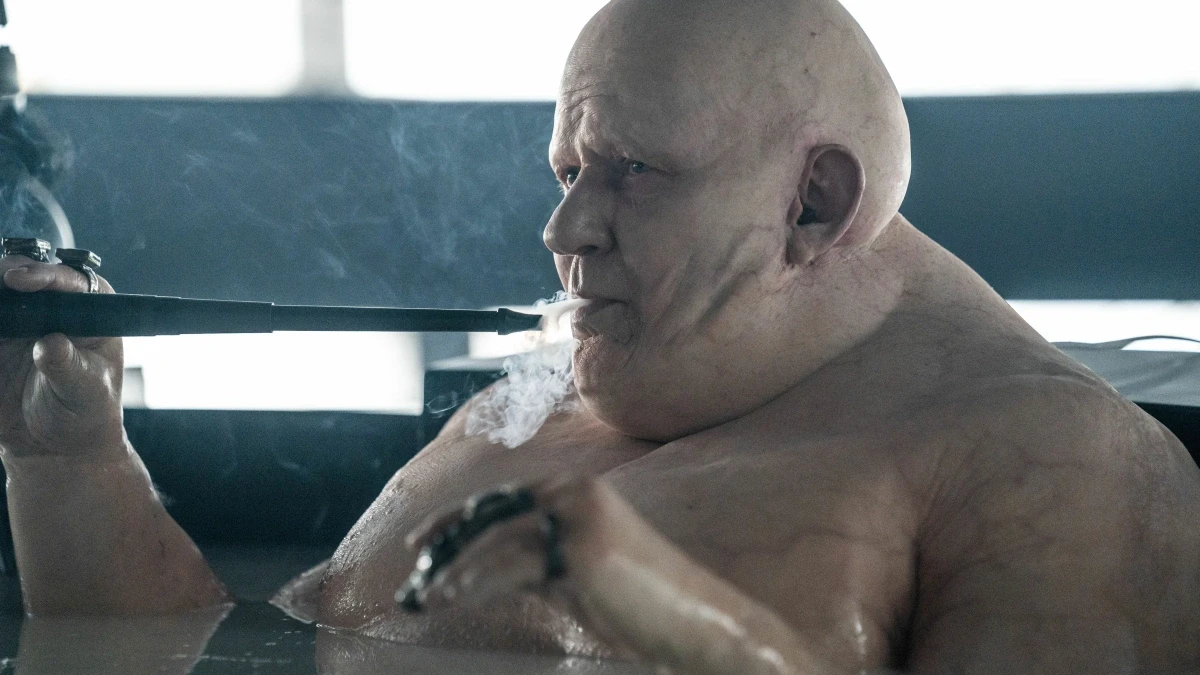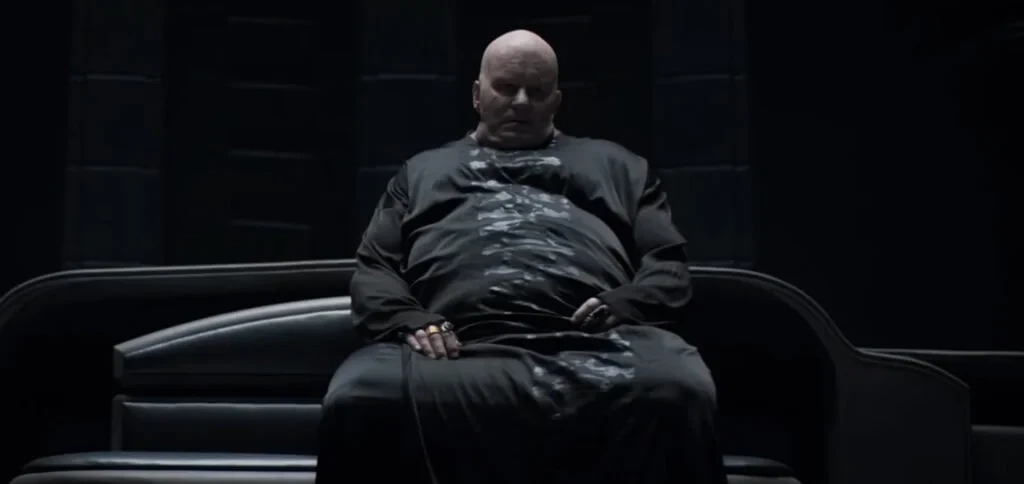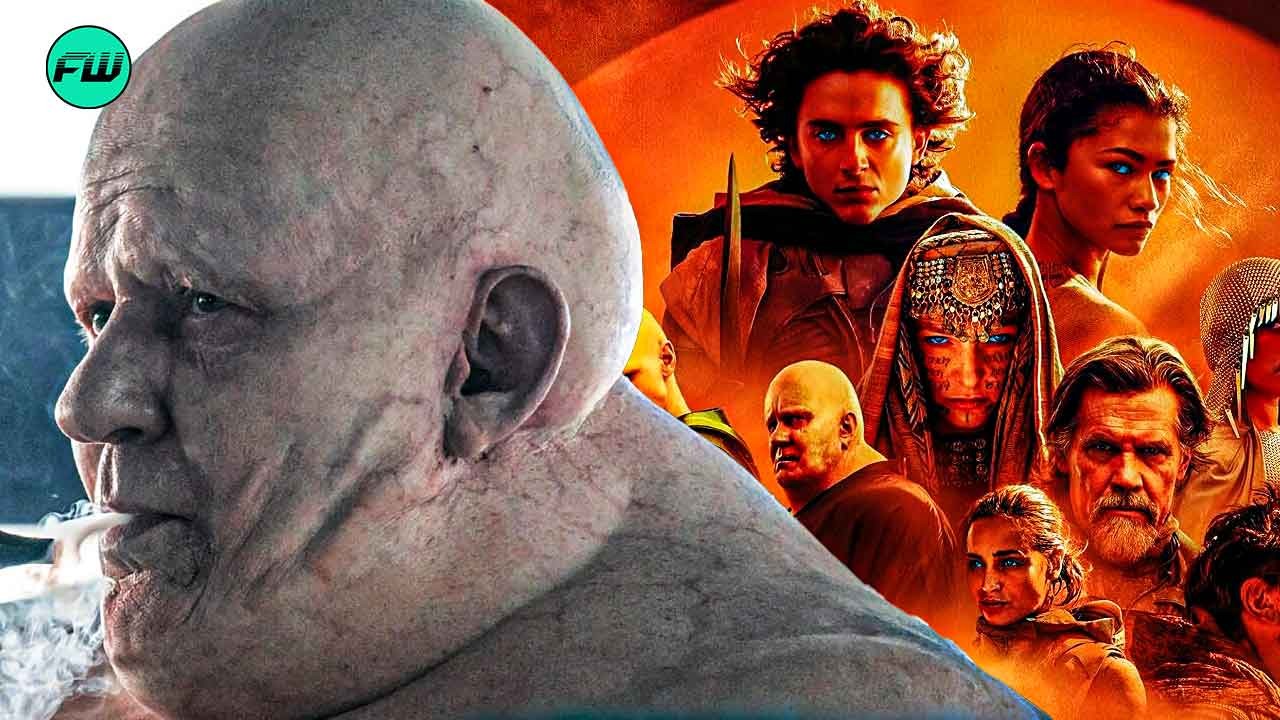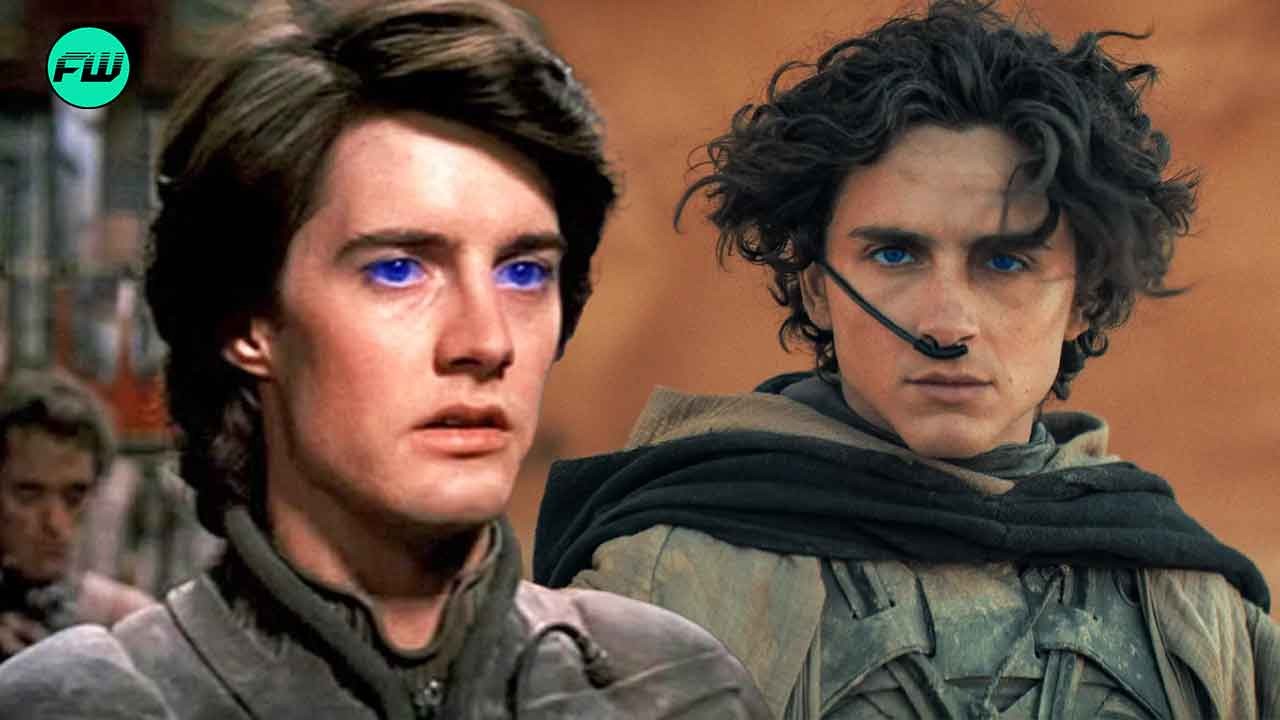Denis Villeneuve’s Dune: Part Two was recently released and gained more fans for the already-famous franchise. The sci-fi epic starred Timothée Chalamet, Zendaya, Florence Pugh, Rebecca Ferguson, Austin Butler, and Stellan Skarsgård in lead roles. Fans and critics were equally in awe of Villeneuve’s visual storytelling, with many calling it his masterpiece.
Villeneuve changed some aspects of the original novel by Frank Herbert to fit the runtime of the two films, as well as making sure that the characters and their personalities were reflective of today’s sensibilities. The novel published in 1965 was noted for Frank Herbert’s homophobic characterization of the antagonist, which Villeneuve had changed in his duology.
Was Dune Author Frank Herbert Homophobic?

The setting of Frank Herbert’s Dune occurs thousands of years in the future when thinking artificial systems have been banned and the universe runs on a fief system. The central conflict arises when the great House Atreides is sent from their home planet of Caladan to the desert planet of Arrakis, which is the homeworld of Spice Melange.
Arrakis, home to the Fremen, was previously ruled by the Harkonnens who squeezed the Spice Melange from the planet, oppressing the Fremen population. The Harkonnens are headed by Baron Vladimir Harkonnen, who is the primary antagonist. The Baron is described as an overweight, ugly man who needs suspenders to hold his body together.

The Baron has also been described as a predator who preys on young boys in the novel. According to an article by The Companion, many instances in the novel prove that the Baron was a gay stereotype and was reflective of author Frank Herbert’s own homophobia. The Baron is known to have preyed upon his own nephew, Feyd-Rautha Harkonnen, and seems to have an affinity for Paul Atreides, both of whom are minors in the novels.
According to his son, Brian Herbert’s biography, Dreamer of Dune, Frank Herbert and his other son Bruce were not on good terms due to the latter’s homosexuality. Herbert was so against his son’s lifestyle that he reportedly forbade him from seeing his mother on her deathbed. He also villainized the Baron, who is the only character in the novel to be queer-coded.
How Did Denis Villeneuve Change The Baron’s Homophobic Characterization?

Director Denis Villeneuve changed some aspects of the original novel by Frank Herbert. Notable changes include the characterization of Chani in Dune: Part Two, and Alia Atreides (played by Anya Taylor-Joy in Paul’s visions), who is still unborn in the film, while she grows to be a four-year-old child by the end of the first novel. However, one of the main elements that Villeneuve wanted to avoid was to make Baron Harkonnen a caricature-ish villain.
Villeneuve mentioned in an interview with Vanity Fair that he wished to give more dimension to the character of the Baron and hence wanted an actor like Stellan Skarsgård to portray the evil antagonist. He said,
“As much as I deeply love the book, I felt that the baron was flirting very often with caricature. And I tried to bring him a bit more dimension. That’s why I brought in Stellan. Stellan has something in the eyes. You feel that there’s someone thinking, thinking, thinking—that has tension and is calculating inside, deep in the eyes. I can testify, it can be quite frightening.”
While the predatory nature of the Baron is still present in the films, Stellan Skarsgård’s depiction adds subtlety to his preferences and makes his vile personality more related to wanting power over Arrakis than any kind of s*xual preference. While Villeneuve avoided the homophobic stereotype that was written in Herbert’s novels, many have argued that he has still added a subtext of queer representation through other characters.
According to the Daily Beast, Denis Villeneuve’s Dune franchise puts characters such as Austin Butler’s Feyd-Rautha and Timothée Chalamet’s Paul Atreides as queer-coded characters in their respective journeys. Feyd-Rautha’s attraction to power does not just reflect on his much-talked-about kiss to the Baron but also in the way he sees Paul once he becomes the Lisan al Gaib.




